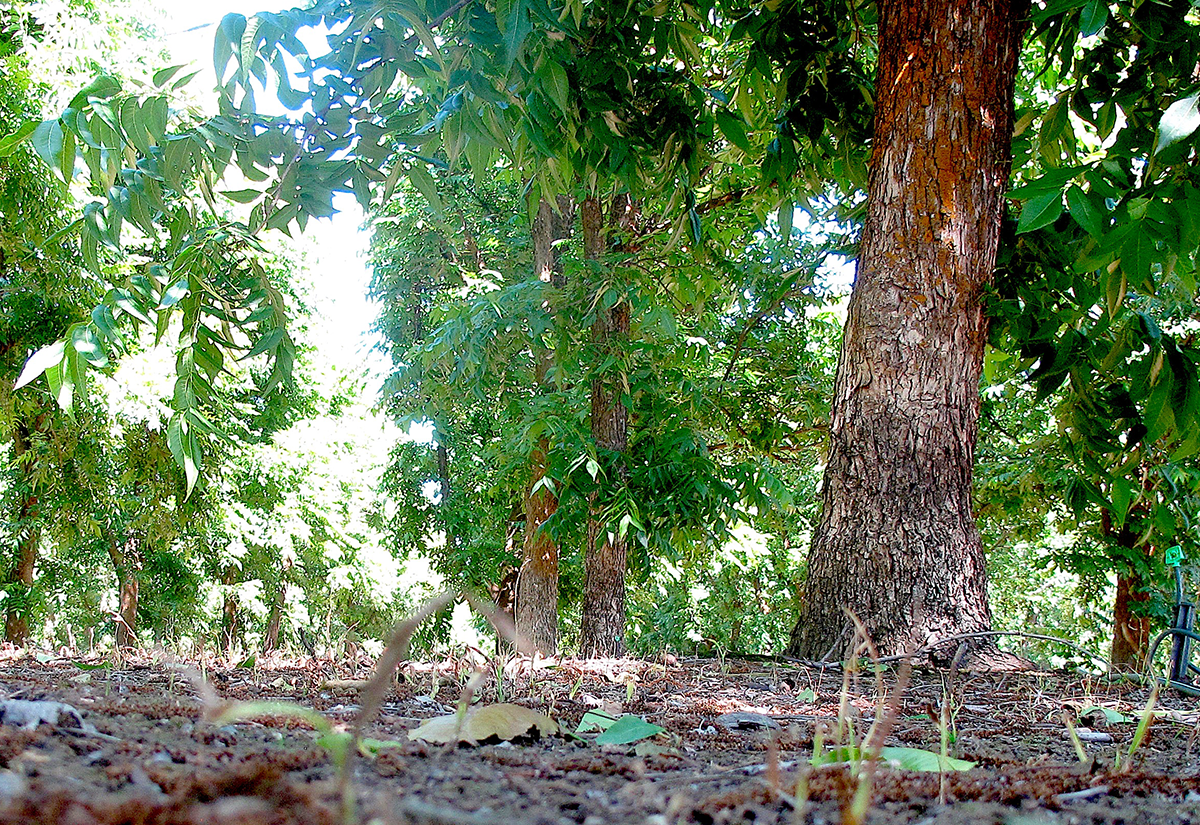
Turning laboratory test results into action can allow salinity and nutrition levels in your soil to be tracked over time. Reports can also help diagnose issues with soils and calculate gypsum requirements for leaching and are also an important necessary component of required nutrient management plans.
UCCE Orchard Systems Farm Advisor Phoebe Gordon, in a UC ANR webinar on turning lab reports into action, said that while lab reports offer direction for management decisions, they do have some limitations. Lab reports cannot generate accurate fertilizer recommendations, Gordon said. In addition, lab reports are only as good as the sample submitted for analysis. Accuracy decreases when samples are not taken at the correct time or when the sample is taken from the wrong area. Samples can be compromised if not prepared for storage, if field variation is not considered and if fertilizer or gypsum is included in the sample.
Pre-plant soil tests are advised as major issues can be difficult to resolve once a site is planted. Post-planting tests are best for monitoring salinity or water infiltration issues.
Gordon said a soil fertility test would cover what is needed for general soil monitoring and can provide a heads-up on increasing salinity problems. A saturated paste extract/ salinity test is best for monitoring salinity and necessary for calculating gypsum requirements.
The difference between a general soil fertility test and a saturated paste extract is that the soil fertility test is composed of several different tests. Most use chemical reagents. The exception is the soil pH is usually a saturated paste. The soil fertility test is supposed to give an assessment of what is available to the plant. Gordon said in some soils that isn’t always the case.
The saturated paste extract test uses water as a reagent and extracts only dissolved salts, which gives a good assessment of salinity, but not fertility.
Measure of the concentration of hydrogen ions in the solution gives the soil pH, which is useful for determining amendments and managing micronutrient applications.
A quick measure of the dissolved salts in the soil is the ECe.
Saturation percentage shows how water is needed to saturate soil and can be used to estimate texture.
Cation exchange capacity is a measure of cation binding sites. It is directly related to the amount and type of clay and can be used to calculate gypsum requirements. It is often estimated off of a cation extraction test and can be prone to error.
The August OMM newsletter will cover other lab test results and what can be done with the reported values.











